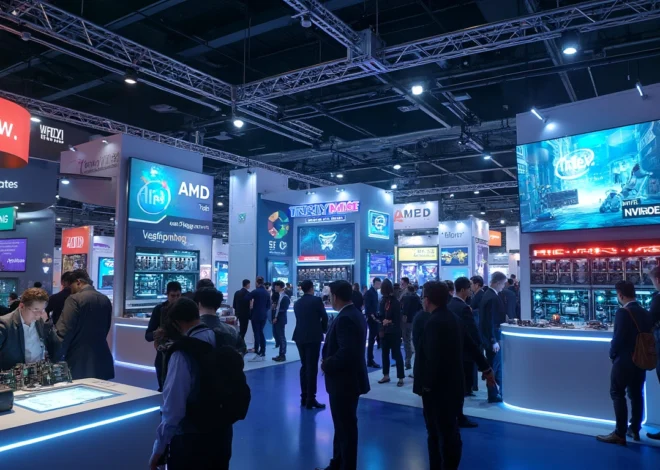
Niantic Uses Pokemon Go Player Data to Build Revolutionary 3D Mapping System
Niantic, the company behind Pokémon Go, has leveraged player-generated data to develop a sophisticated Large Geospatial Model (LGM) that’s revolutionizing how we interact with augmented reality. Through millions of location scans from unsuspecting players, the company has built an AI system capable of creating detailed 3D maps of the physical world, marking a significant advancement in spatial intelligence technology.
Table of Contents
Key Takeaways:
- Niantic’s LGM utilizes data from 10 million scanned locations worldwide
- Players contribute approximately 1 million fresh scans weekly through optional features
- The Visual Positioning System delivers centimeter-level accuracy in location tracking
- The AI model can generate realistic 3D environments of unscanned areas
- This technology has applications in AR glasses, robotics, and autonomous systems
The Evolution of Pokémon Go’s Data Collection
What started as a simple mobile game has transformed into a powerful tool for spatial data collection. Pokémon Go’s innovative approach to gaming has enabled Niantic to gather extensive geospatial data through player interactions. The Visual Positioning System (VPS) processes hundreds of images from each scan, creating a detailed digital map of the physical world.
The Power of Crowdsourced Intelligence
The scale of data collection is remarkable, with players unknowingly contributing to this massive mapping project. Each week, approximately one million new scans are added to the system, enriching the AI’s understanding of physical spaces. This crowdsourced approach has proven more efficient than traditional mapping methods.

AI’s Role in Spatial Understanding
The Large Geospatial Model represents a significant leap in artificial intelligence capabilities. AI technology has advanced significantly, allowing the system to generate accurate representations of unscanned areas based on existing data. This has profound implications for various industries, from urban planning to autonomous navigation.
Gaming Industry Impact and Future Applications
The gaming industry’s expanding influence extends beyond entertainment, as demonstrated by this technological breakthrough. The applications of Niantic’s LGM reach far beyond gaming, potentially transforming how we interact with our environment through AR experiences.
Privacy and Ethical Considerations
The collection and use of player data raise important privacy concerns. While the scanning feature is optional, questions about user awareness and consent persist. This highlights the need for transparent communication about data collection practices in gaming and AR applications. For those interested in exploring similar automation possibilities, automation tools like Latenode can help streamline various digital processes.
Future Prospects and Challenges
The future of geospatial AI presents both opportunities and challenges. The technology shows promise for smart city development and improved AR experiences, but maintaining accurate, up-to-date mapping data remains a significant challenge. The success of this technology will depend on balancing innovation with user privacy and trust.


